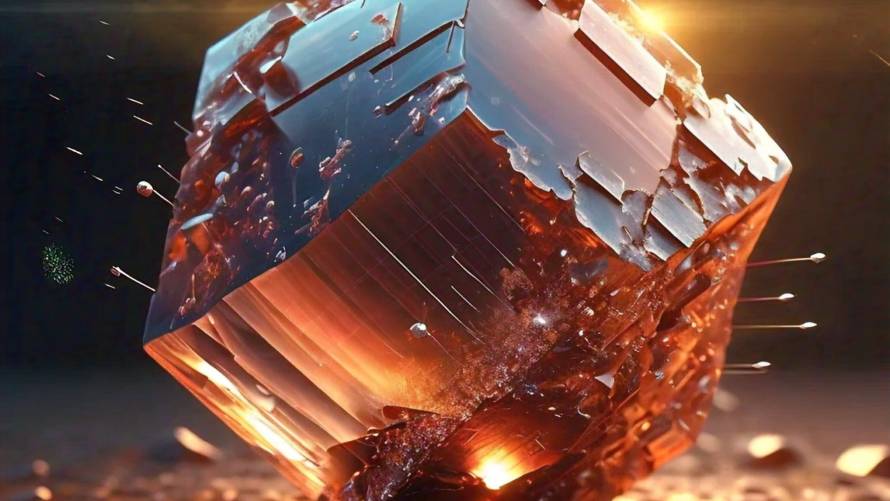Researchers from the University of Cambridge have discovered a way to significantly improve the performance of copper oxide semiconductors, which are being developed as low-cost, sustainable alternatives to silicon for generating clean hydrogen fuel using solar power. By growing the copper oxide crystals in a specific orientation, allowing electric charges to move through the crystals diagonally, the researchers achieved a 70% improvement in performance compared to existing state-of-the-art oxide photocathodes.
Professor Sam Stranks, who led the research, said, “Something about that diagonal direction in these materials is magic. We need to carry out further work to fully understand why and optimise it further, but it has so far resulted in a huge jump in performance.”
Overcoming Challenges in Copper Oxide Semiconductors
Copper (I) oxide, or cuprous oxide, has been considered a potential replacement for silicon due to its effectiveness in capturing sunlight and converting it into electric charge. However, much of the charge is often lost, limiting the material’s performance. The researchers found that by precisely controlling growth and flow rates during thin film deposition, they could shift the crystals into a particular orientation that allows electrons to move an order of magnitude further, leading to better performance.
“These crystals are basically cubes, and we found that when the electrons move through the cube at a body diagonal, rather than along the face or edge of the cube, they move an order of magnitude further,” said Dr Linfeng Pan, co-first author of the study.
The researchers believe that this and related families of materials could play a vital role in the transition away from fossil fuels and toward clean, sustainable fuels. While much more research and development is needed, the results show promise for fine-tuning low-cost materials to power the transition to a more sustainable future.
The research was a collaboration between the University of Cambridge, École Polytechnique Fédérale de Lausanne, Nankai University, and Uppsala University, and was supported by the European Research Council, the Swiss National Science Foundation, and the Engineering and Physical Sciences Research Council (EPSRC), part of UK Research and Innovation (UKRI).


